Exception :
System.InvalidOperationException: The operation failed: The relationship could not
be changed because one or more of the foreign-key properties is non-nullable. When
a change is made to a relationship, the related foreign-key property is set to a
null value. If the foreign-key does not support null values, a new relationship
must be defined, the foreign-key property must be assigned another non-null value,
or the unrelated object must be deleted.
I have seen some solutions for the above issue as shown below.But none of them worked for me :( May be due to those solutions are for the EF 4.x versions.My app's EF version is 6.x.
Solution 1 and Solution 2
[Table("IpTaxMapLots")]
public class TaxMapLot : FullAuditedEntity
{
public const int MaxLength = 50;
[Required]
[MaxLength(MaxLength)]
public virtual string District { get; set; }
[ForeignKey("PropertyId")]
public virtual Property Property { get; set; }
public virtual int PropertyId { get; set; }
}
[Table("IpProperties")]
public class Property : FullAuditedEntity
{
public const int MaxLength = 50;
[MaxLength(MaxLength)]
public virtual string Dist { get; set; }
public virtual ICollection<TaxMapLot> TaxMapLots { get; set; }
}
public async Task<int?> EditPropertyAsync(CreateOrEditPropertyInput input)
{
var property = await _propertyRepository.FirstOrDefaultAsync(p => p.Id == input.Property.Id);
input.Property.MapTo(property);
await _propertyRepository.UpdateAsync(property);//issue is here
return input.Property.Id;
}
public class CreateOrEditPropertyInput : IInputDto
{
[Required]
public PropertyEditDto Property { get; set; }
}
[AutoMap(typeof(Property))]
public class PropertyEditDto
{
public const int MaxLength = 50;
public int? Id { get; set; }
[MaxLength(MaxLength)]
public string Dist { get; set; }
public List<TaxMapLotDto> TaxMapLots { get; set; }
}
As I mentioned above Where I have used repositories on my app.So could you tell me how to sort out above issue ? Thanks.
Note : I can add records to the db.But problem occurs when I try to do the update.
Image representation :
1 : M
This comes when you click the Lot Info Button above.
Note : There are 2 tables.One is Properties and other is TaxMapLots.The relationship is 1 : M. User can add/edit or delete records on the TaxMapLot form.
Update : Actually I can Add a record.The problem occurs when I try to edit the record.
This works fine (CreatePropertyAsync): It adds record to both the table (Properties and TaxMapLots).The problem is on the Edit method as shown above.
public async Task<int> CreatePropertyAsync(CreateOrEditPropertyInput input)
{
var property = input.Property.MapTo<Property>();
var propertyId = await _propertyRepository.InsertAndGetIdAsync(property);
return propertyId;
}

